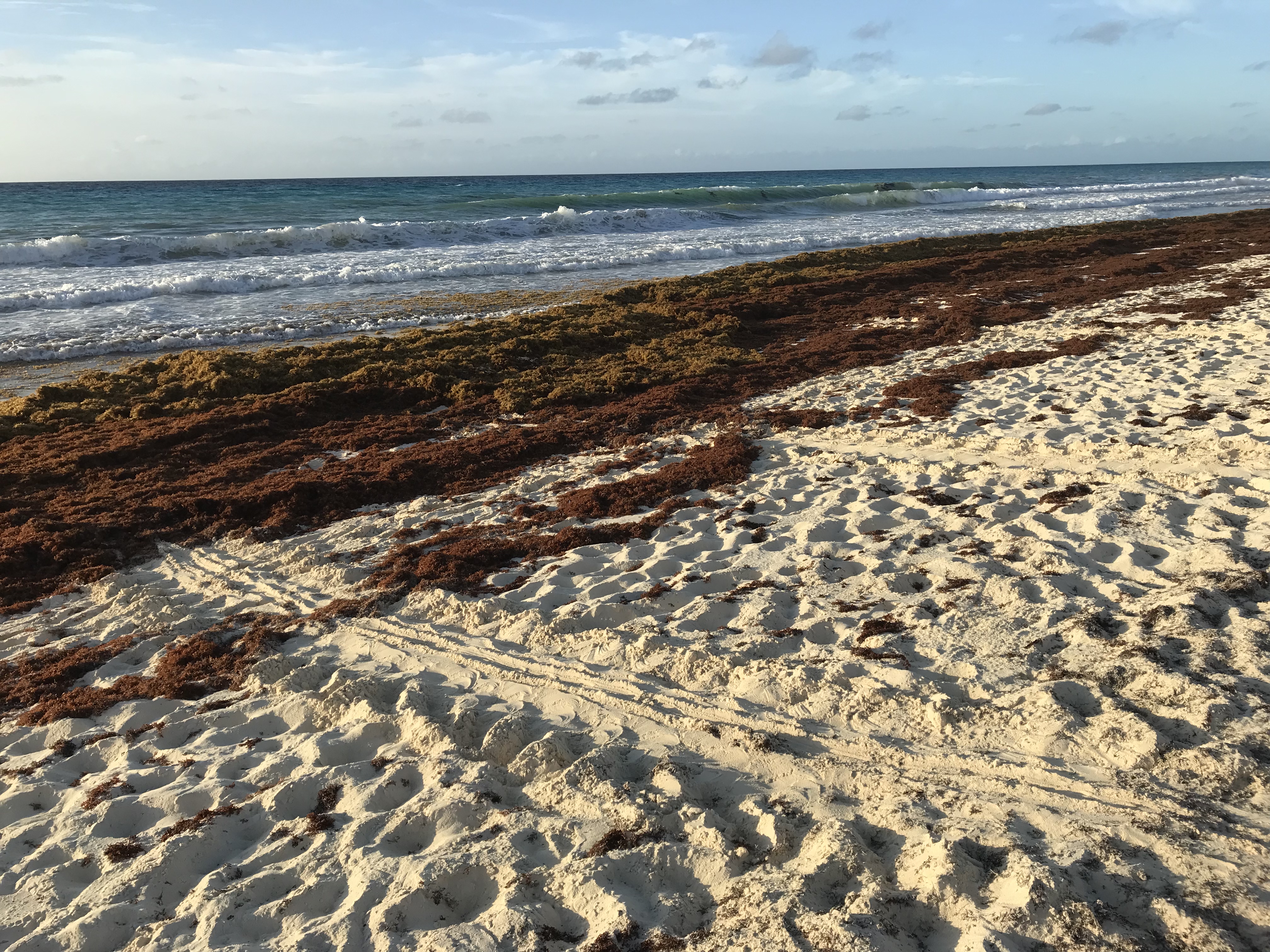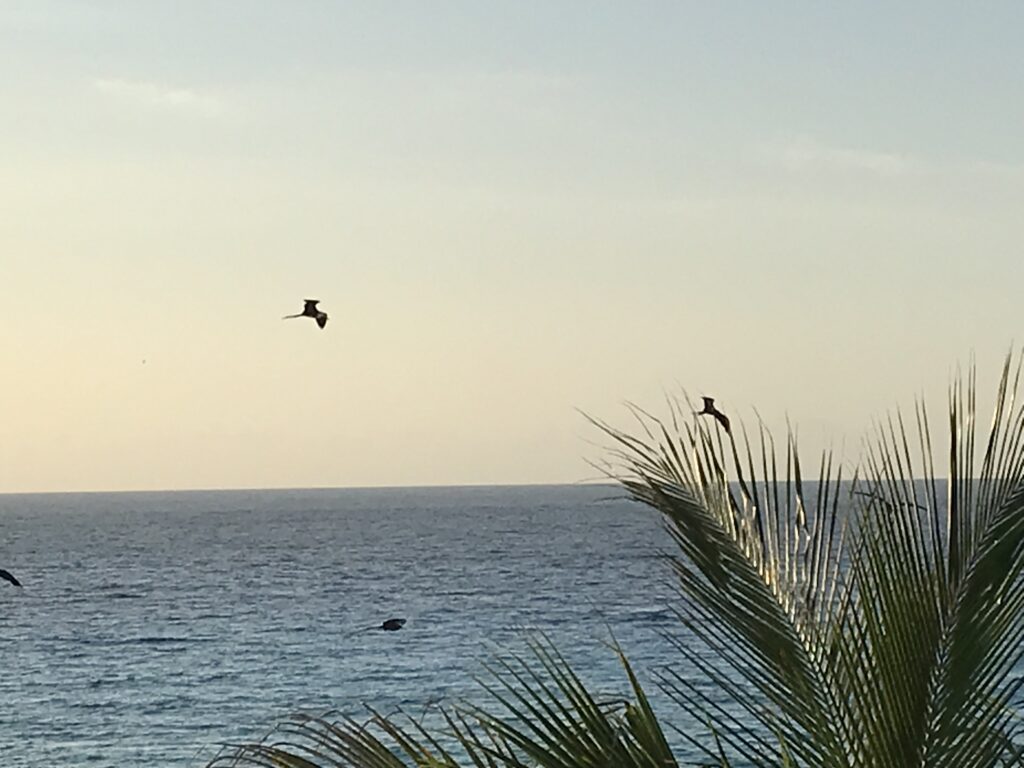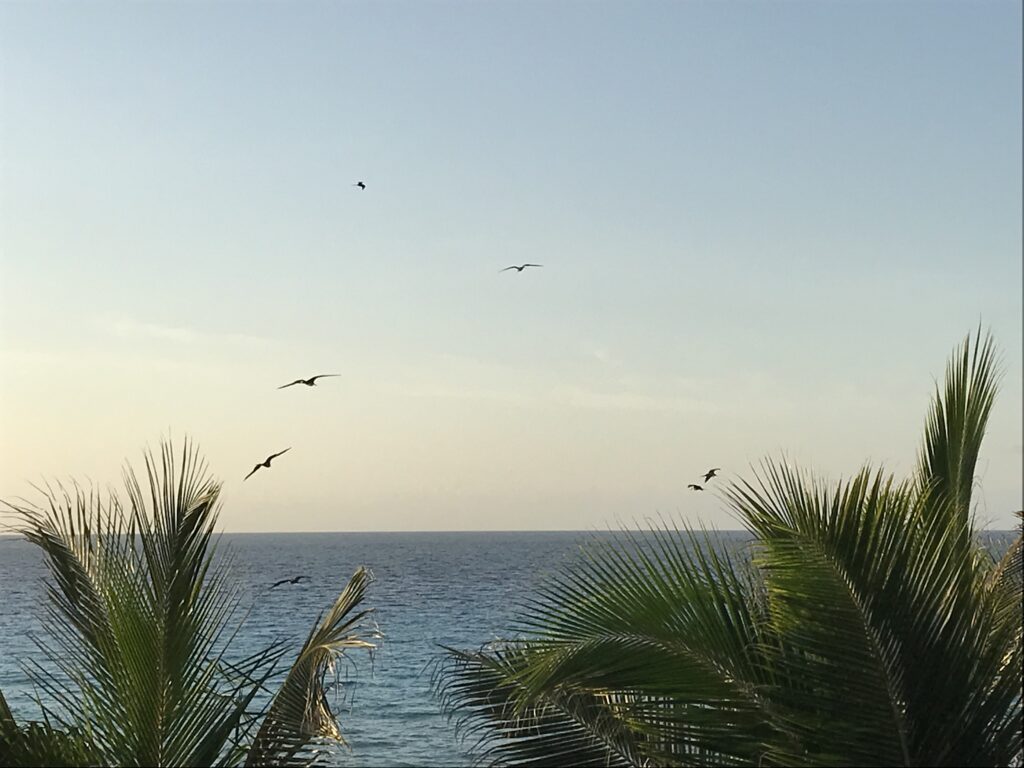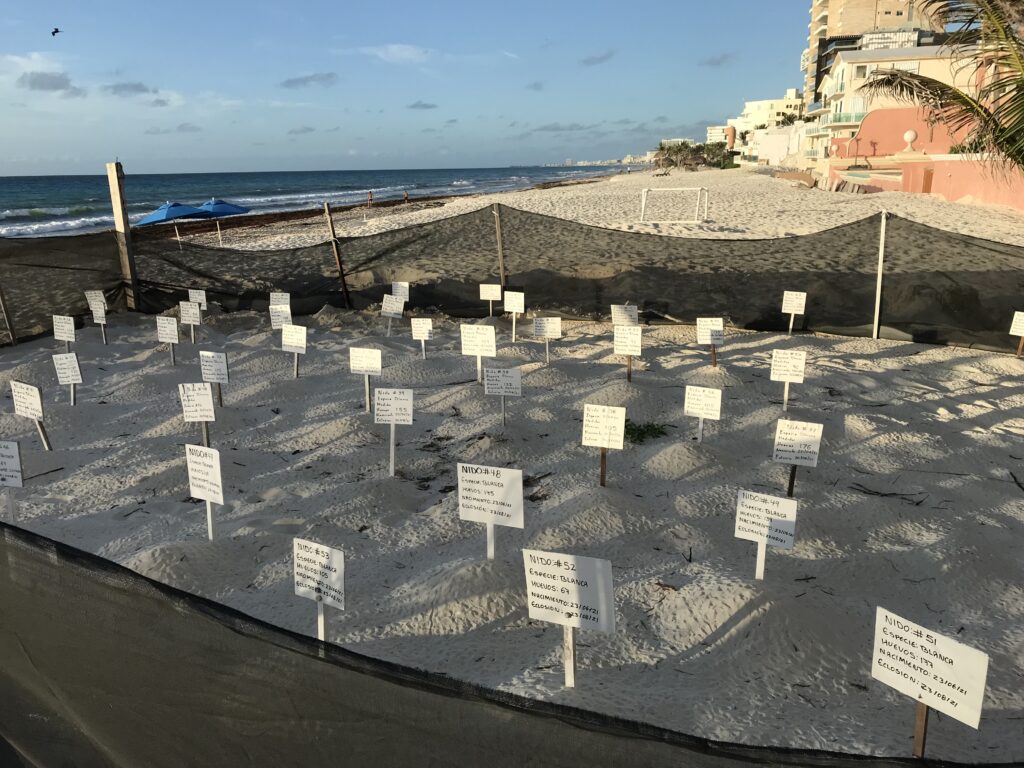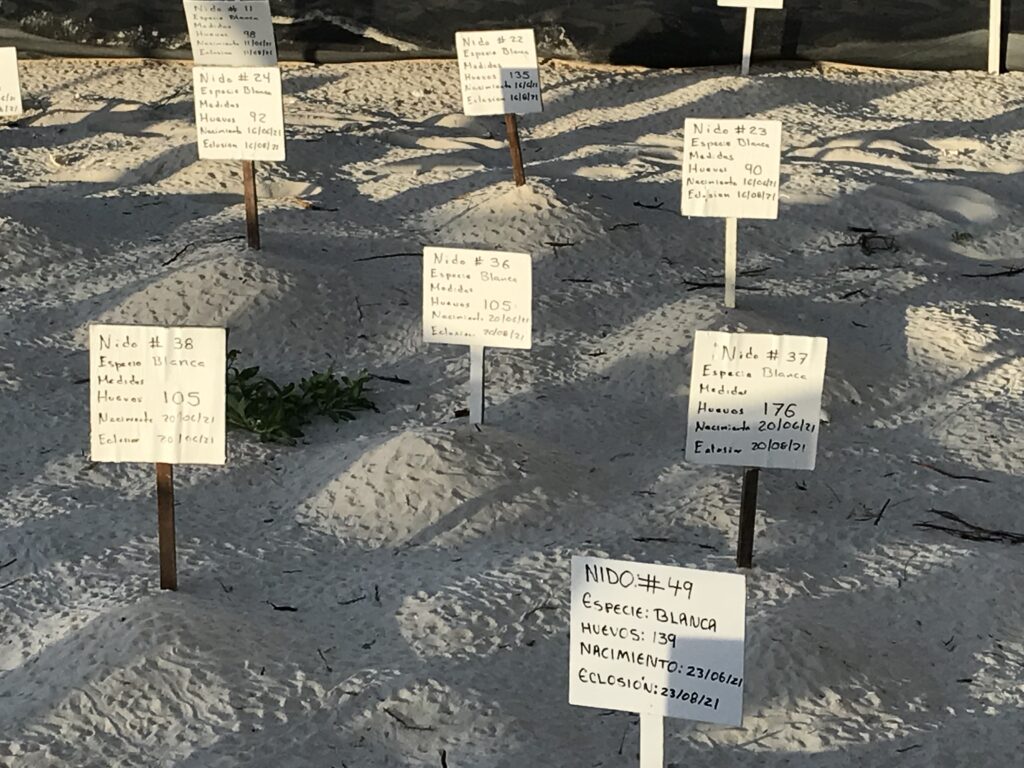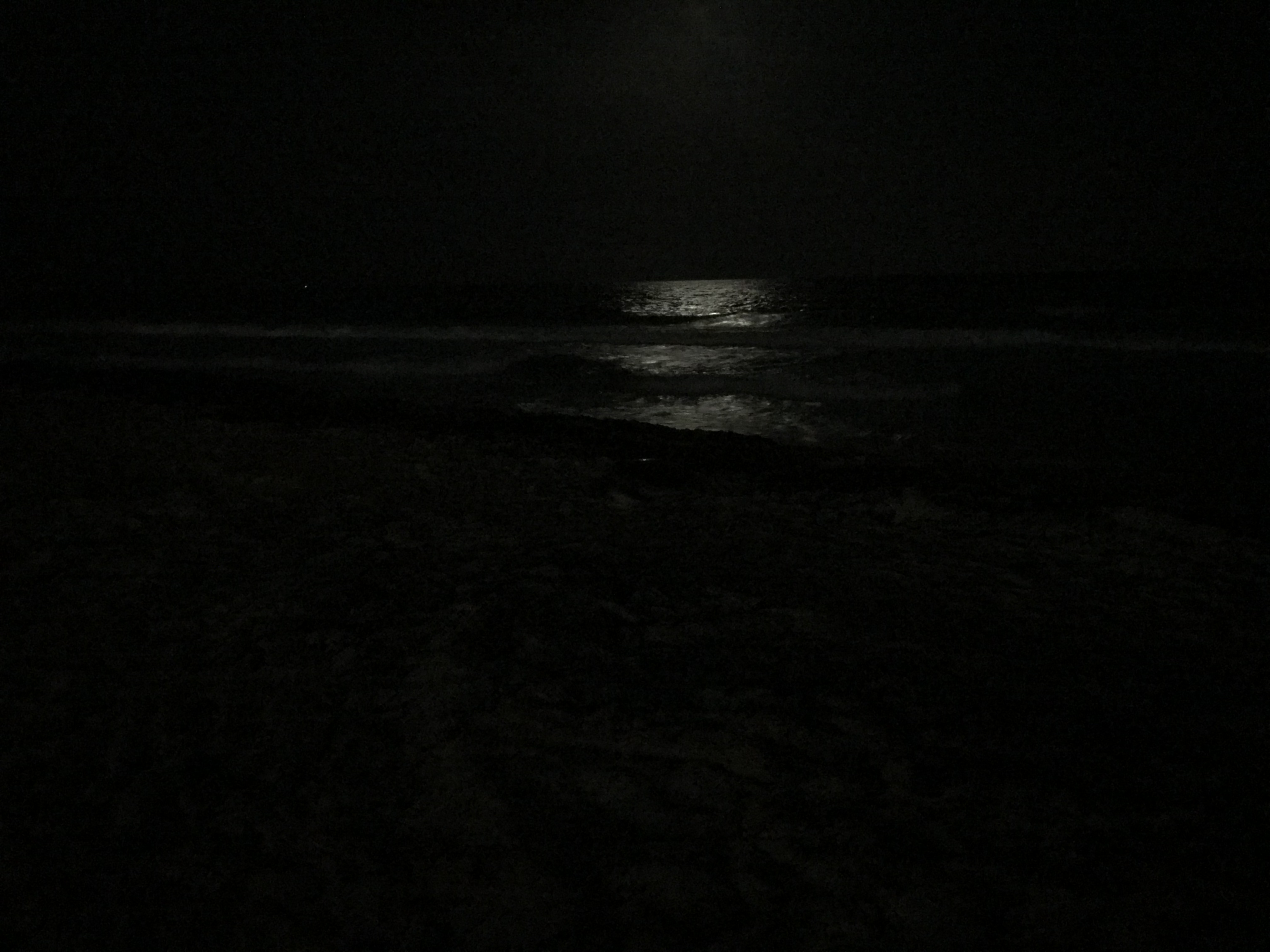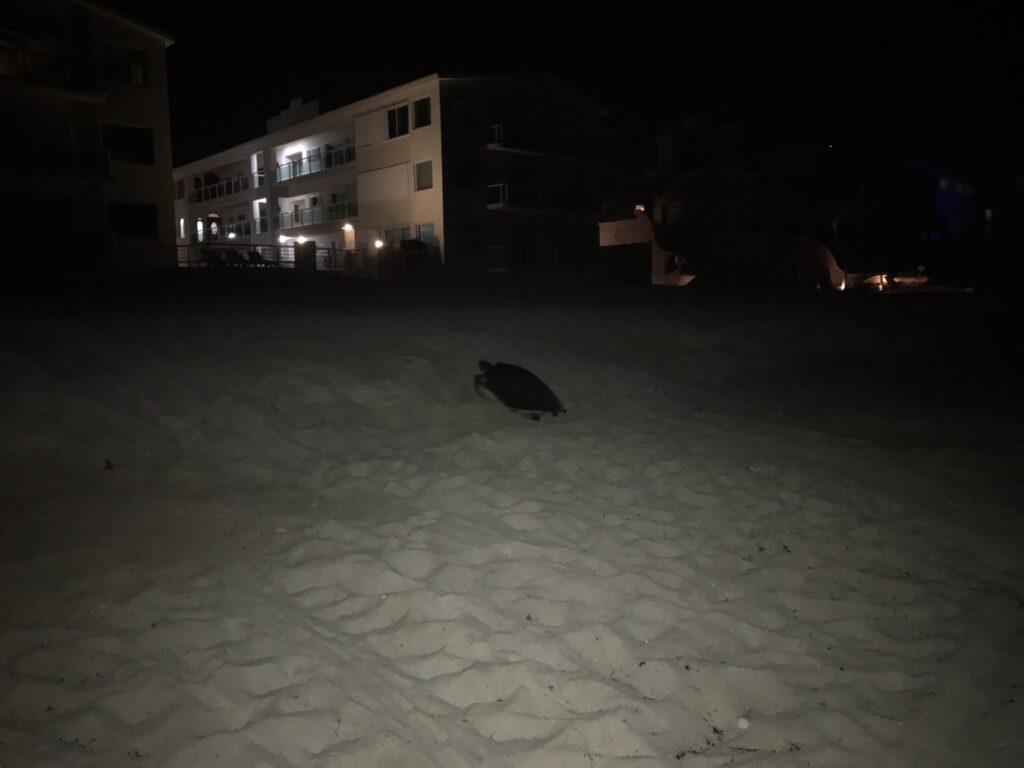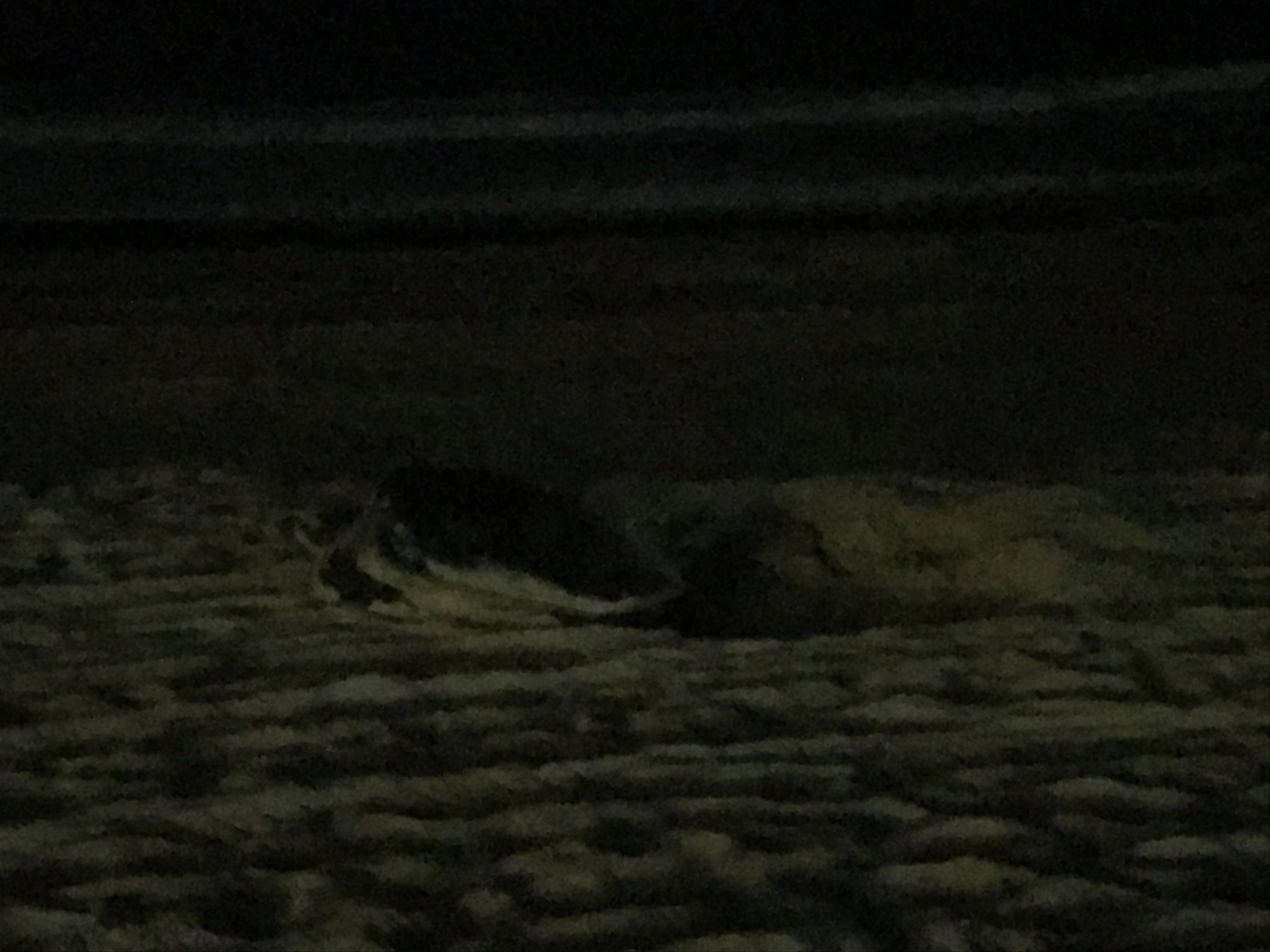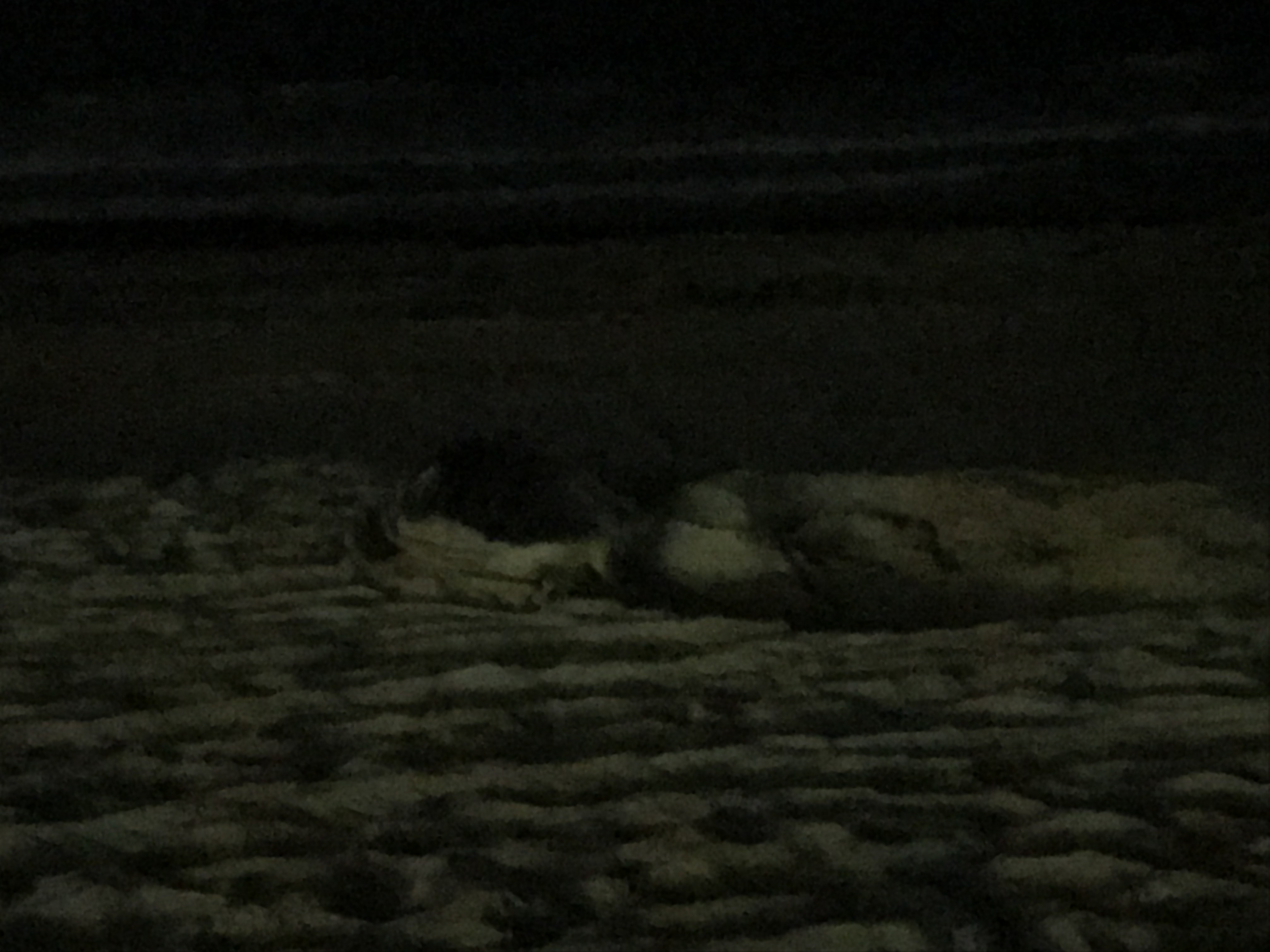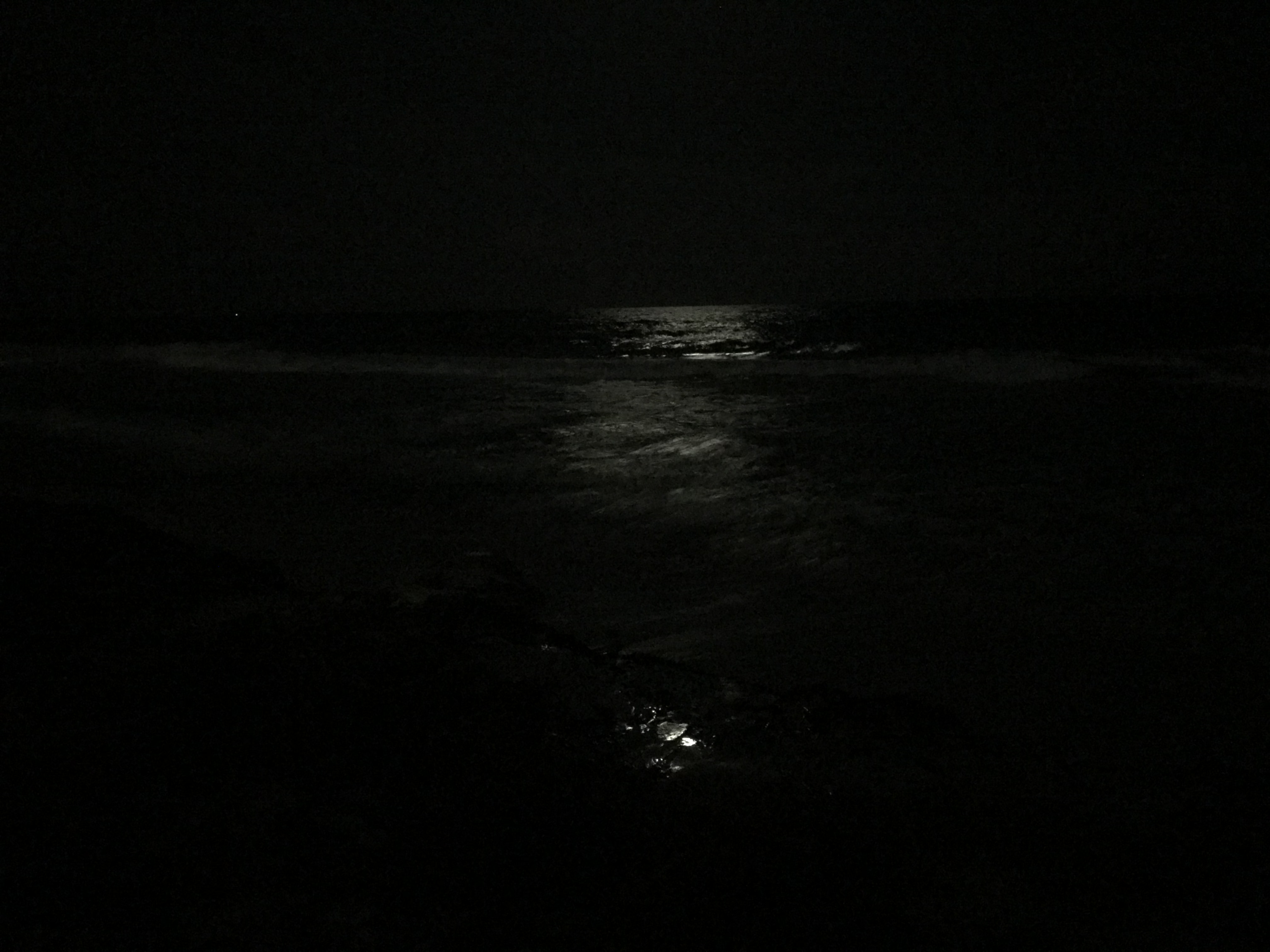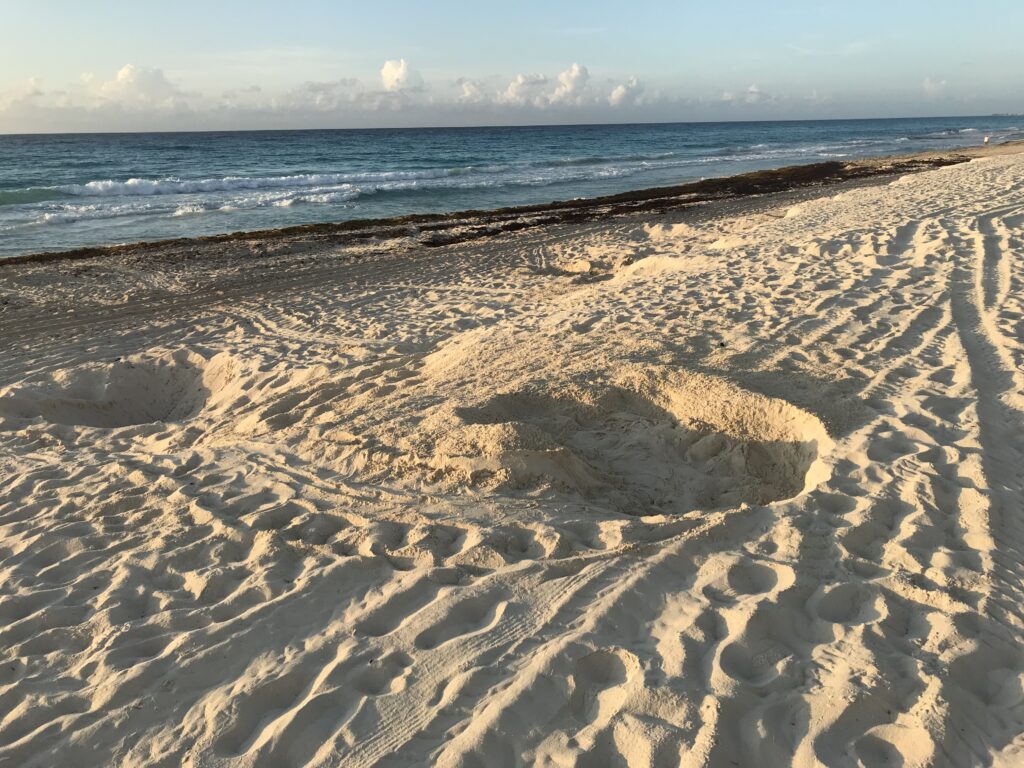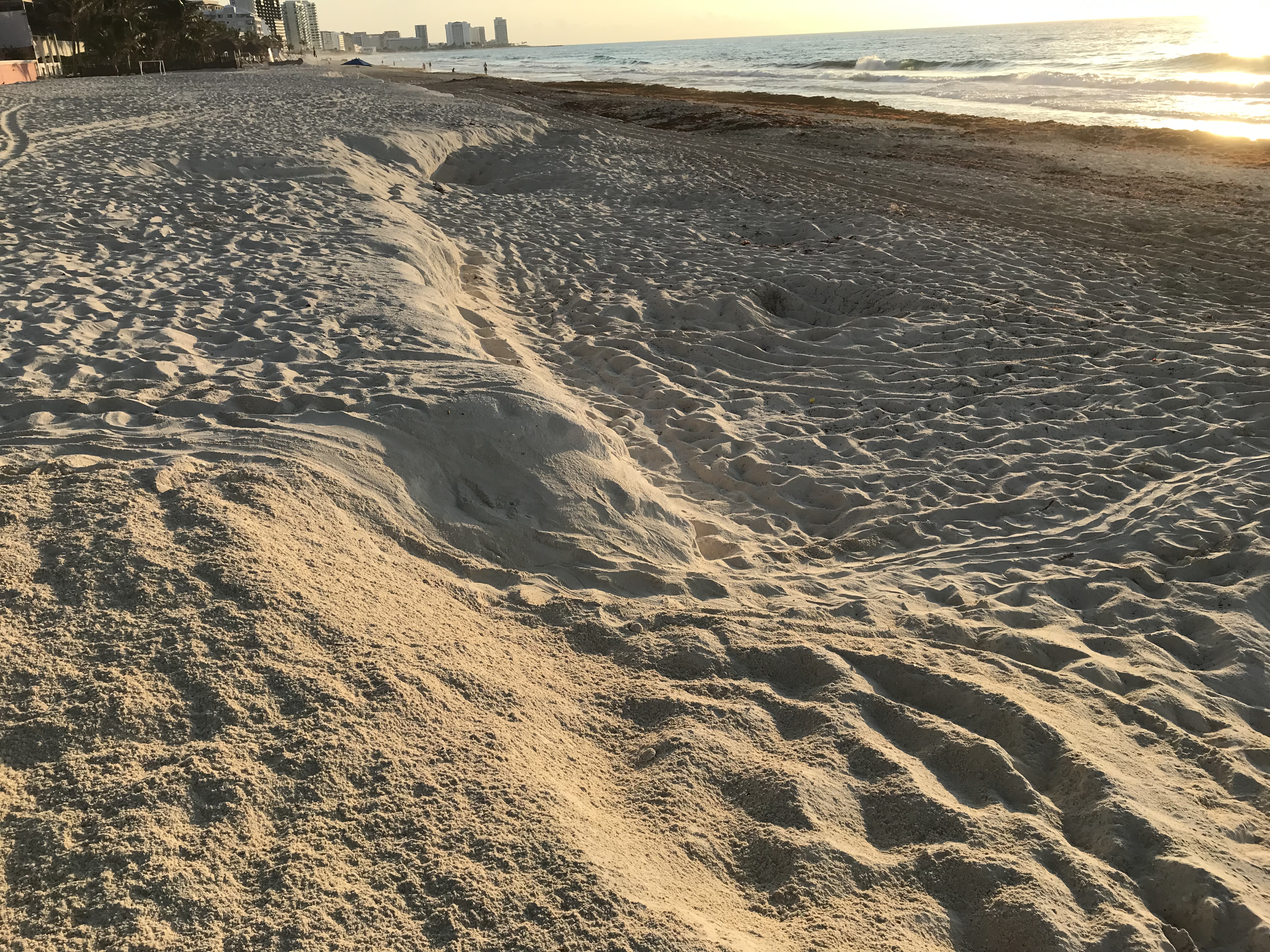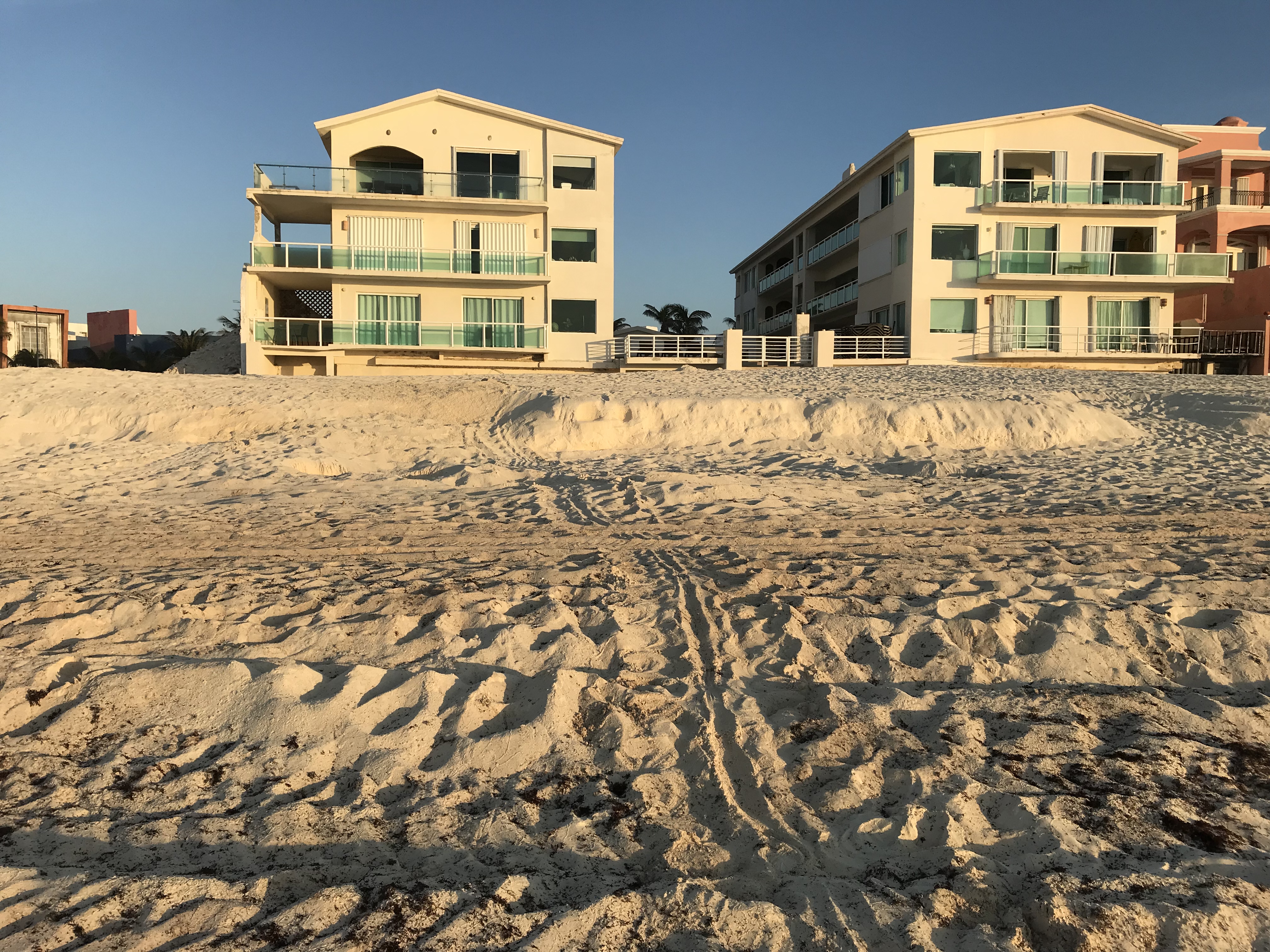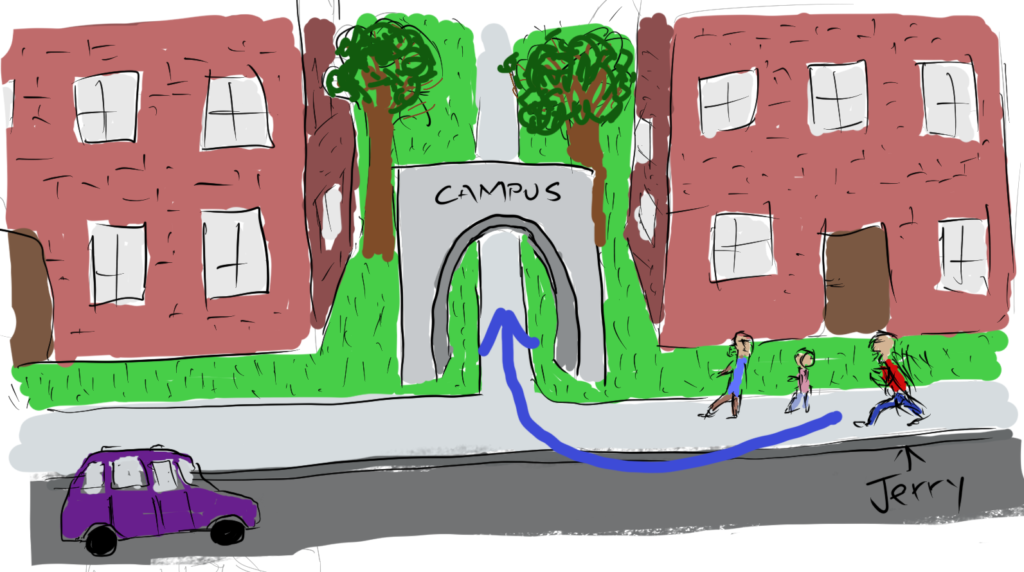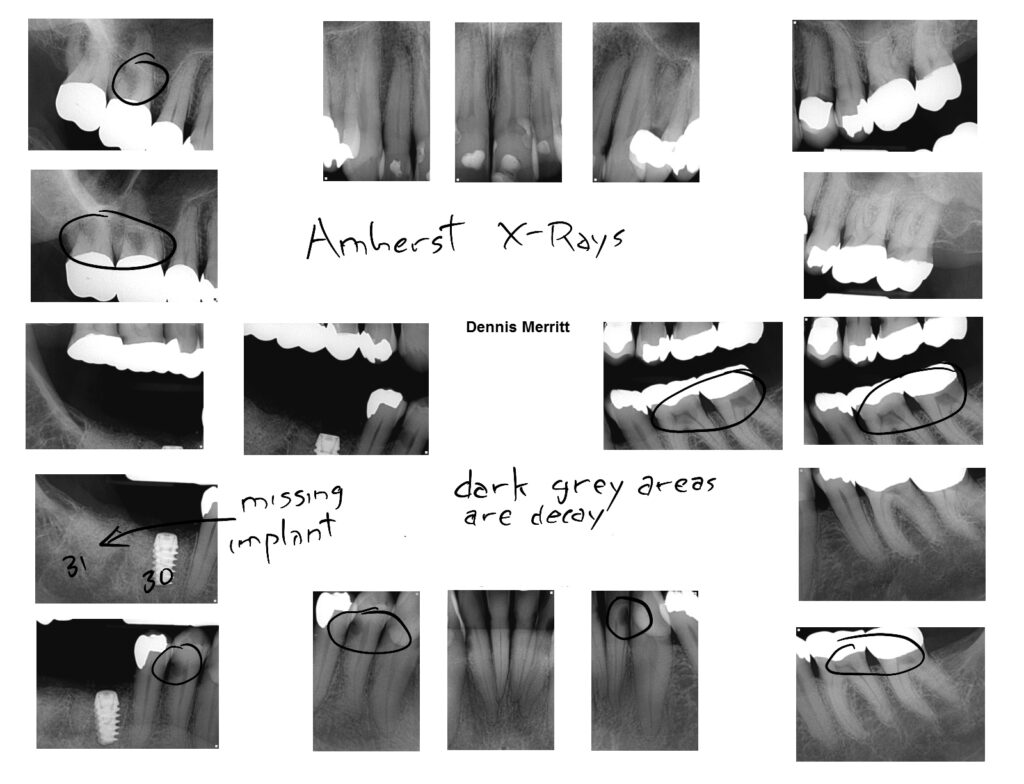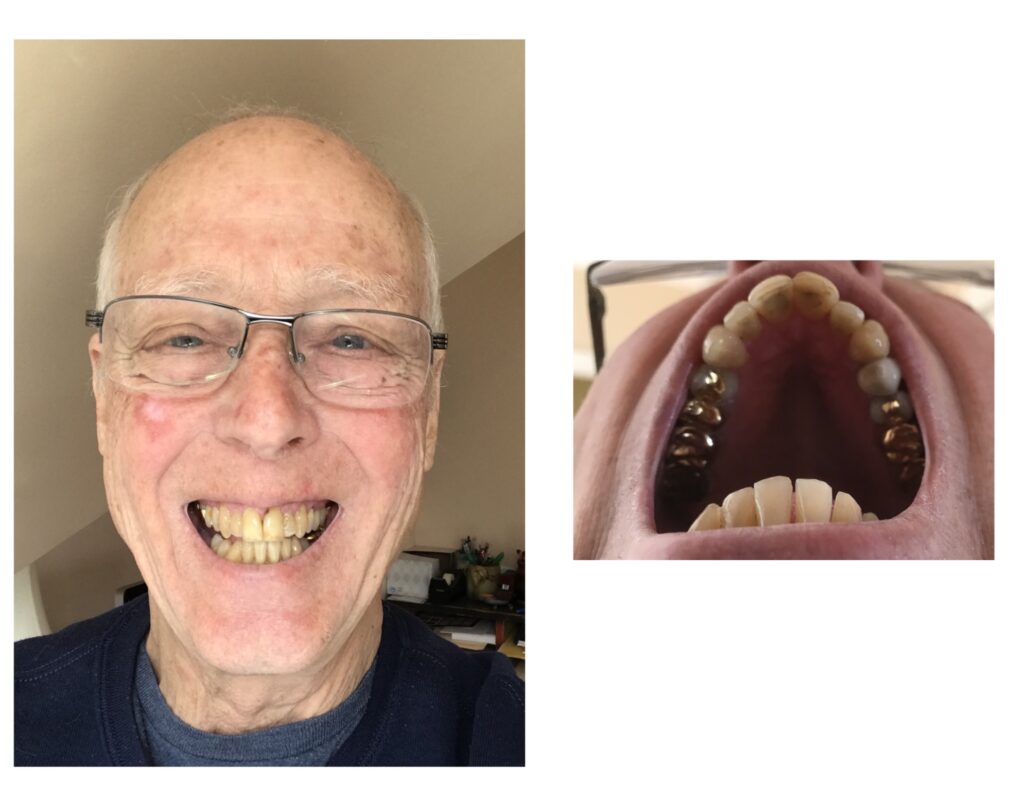My cousin, Russell Merritt, recently passed away. I was asked to talk at his memorial for a family perspective. The other nine speakers were all people from his various walks of life presenting a wonderful overview of the lives he touched. Here are my comments.
We had a small family. I was an only child as was my mother. My dad had a brother, my Uncle Dan who, with Aunt Joyce, had my cousins Russell and Carole. They were a little older than me, and Carole always remembers them enjoying me coming to visit as she and Russell would argue over who would get to play with me. I don’t remember that too much, but I do remember enjoying seeing how they interacted, the connection between them. The laughter, the in jokes, the twinkle in their eyes.
Carole’s Stories
Carole said she thought growing up with Russell was just how siblings were. She had no idea how special it was, with Russell coming up with all sorts of ideas for adventures and games for them to play. The ideas weren’t simple. Like the time Russell thought they should play disc jockey. Well you couldn’t just do that. First the the room had to be cleaned and set up like a studio, then the playlists had to be worked out, and the commercials, and everything just so for putting on a disc jockey show.
They had secrets as kids, hiding from their mother. Like one hide out was behind the “whistling” door, which turns out to have been a cabinet with a squeaky door that little kids could crawl behind and read their comic books with flashlights. Carole suspects their mother knew…
I wonder how much of Russell’s development was fueled by his willing partner, Carole, in those early childhood adventures.
Carole was not the student Russell was and she always marveled at how different they were. I remember when Russell was finely getting ready to start teaching and Carole said, “Fail a few for me Russ” and Russell said he would.
Sherlock Holmes & Wilbur
Of course Russell is remembered for his love of all things Sherlockian. He’d explained to me that that was started by our grandfather, Wilbur. Apparently something was lost one day, and Wilbur told Russell he’d help him solve the mystery of the missing item, but, he said, it will require careful logical thought. We need to think like Sherlock Holmes. Russell was hooked.
It probably wasn’t much after that that we started hearing stories of Russell’s exploits and I remember he had built this detailed scale model of 221b Baker St.
Puzzle
Here’s a family puzzle requiring Sherlockian analysis. Wilbur and Mary were married and were grandpa and grandma to Russell, Carole and me. Mary was our mutual biological grandmother. Wilbur, however, was not Russell’s or Carole’s biological grandfather, but he was mine. There was nothing illegitimate, everyone rightfully married, or remarried, so how could that be? Contact me if you think you know the answer, or want to know. It’s classic Holmes, “When you have eliminated the impossible, whatever remains, however improbable, must be the truth.”
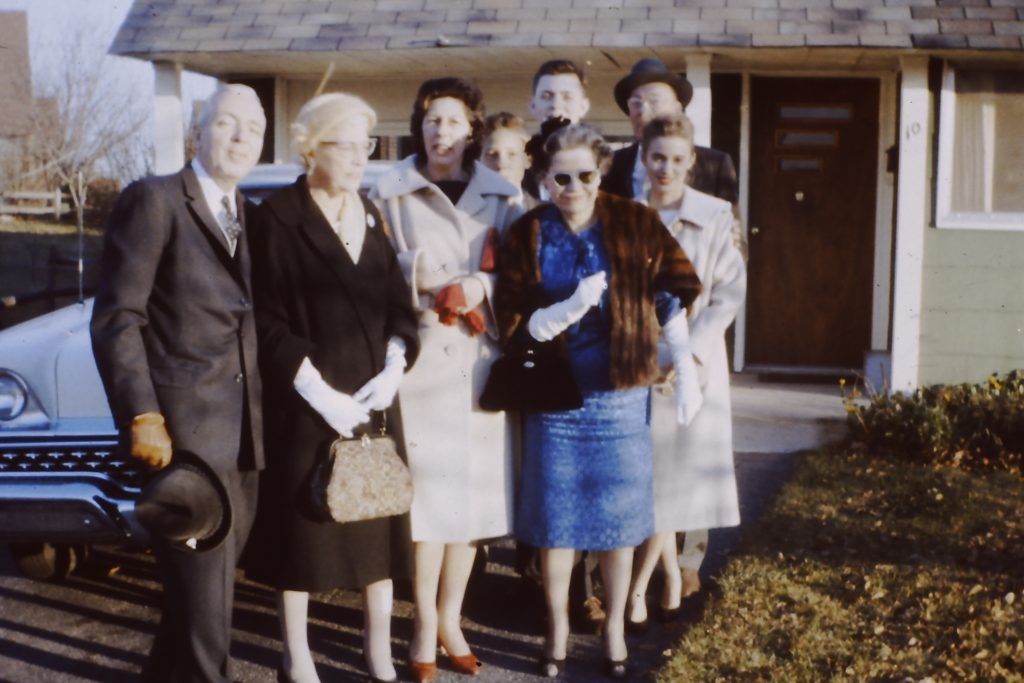
MWA in New York
One of Russell’s story of growing up involved him getting involved with the Mystery Writers of America chapter in New York City. It was easy to take a train from where they lived in N.J. so Russell found them and hooked up with them. They made a deal with him. If he cut school and came into the city and spent his morning working on his writing, then they would help him make letters of excuse for missing school, and he could spend the afternoon exploring the city.
It was a great deal, but the problem was, these being mystery writers, all the excuses involved a death in the family.
This went on for awhile, but eventually the school got suspicious. What I loved was Russell telling me the story, laughing as he told it. “My mother was furious, but not at what I’d done. What she was really mad at was that I had only killed off relatives on her side of the family. I didn’t kill you, or Aunt Peg, or Uncle Ralph…”
Christmas Goose
Growing up there was one Christmas where Russell made a show of dinner. He was in high school and got it in his head he wanted to make a full Dickens Christmas with a roast goose and all the trimmings. Who does something like that in high school?
That Christmas Carole and I got more playing time together and I don’t think either of us at the time appreciated or understood what an amazing thing he was doing. The grownups were all impressed though, and I am now.
Wedding
My biggest regret was when Russell and Karen got married. My dad went, but he recommended I pass as weddings were boring. I guess he didn’t know Russell that well… I suspect many here were part of that spectacle. What a show it must have been.
Reunions
Time passed and our parents were dying. We hadn’t seen each other for years, but there we were at the funeral of some parent, just standing there, and someone said something funny and we all just started to laugh and laugh until we cried. We said we need to get together more often cause we’re running out of parents.
Then it was Aunt Martha, don’t ask, who died and second? cousin Al and his wife Linda and we started having the family reunions. I put a question mark there because our family history those few generations back was pretty confusing. Like Aunt Martha was an aunt of our fathers except not really much older than them.
Who steered our way through that history? Russell. He had all the players and their comings and going and could explain why we were all related to the first post mistress of the Panama Canal Zone, and at each reunion we would go through it again and laugh at our confusion and write it all down so next time…
One character in the history was our ne’er-do-well grandfather, Ralph Merritt senior, who apparently had left our dads when they were around five. (That’s why Grandma Mary remarried.) Our dads would never talk about him, so we knew next to nothing. But Russell’s research dug out something. He found an obituary in a New York paper describing a car crash on the highways around New York.
There was a core at the reunions, me, Russell, Karen, Carole, Butch, Al and Linda, but then there were other family members always there as well, my son and his family, my daughter, Carole’s son and granddaughter Ali and for Mike and myself, our wives.
I always enjoyed hearing Russell at the reunions, just the wide range of stuff he was interested in, but for me, one of the biggest highlights was seeing him interact with Carole, laughing at the same jokes, doing the same routines they had as kids — “zip it”— and all with that same twinkle in their eyes I remembered from those years past.
And on a similar note, to see the love he shared with Karen, well it was just a pleasure to be around.
Grandboys
My grand boys were at the reunions as well, Juan, Diego and Miguel. Russell always enjoyed interacting with them, and I’ve since heard they were a highlight of the reunions for him. He shared a love of chess with them.
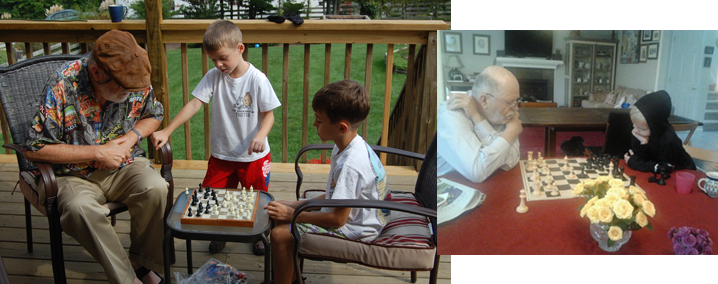
Film too, maybe it’s in the genes somewhere? but the boys started making movies a while back. The last communication I had with Russell was when I told him Diego was in Italy and taking Italian film classes. Russell sent back an email with all sorts of films that Diego might enjoy watching. Not just a list of films, but films in categories, historically important, good, and maybe of more interest to a younger generation.
Sigh, it would have been great to see that connection grow…

